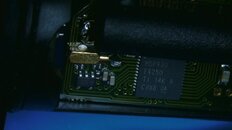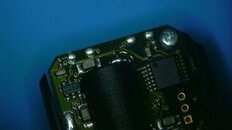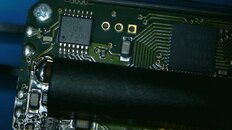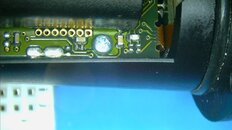I've got a couple different transmitters. I've got the scubapro Galileo transmitters, and the Ratio iX3M transmitters. Disassembling them and gaining access to the PCB is trivial. You have to do that every time you change the battery and o-ring as there's only the one compartment. There is a clear conformal coating on the PCB. Manufacturers would be fools not to include one.
Spectrum analyzers have become shockingly inexpensive. I ordered one from Amazon for $70. I'm sure it's not the best ever made but should be sufficient to complete a frequency sweep assuming the thing transmits above 100khz. That's pretty low, not too far from audible (to hoomanz).
Spectrum analyzers have become shockingly inexpensive. I ordered one from Amazon for $70. I'm sure it's not the best ever made but should be sufficient to complete a frequency sweep assuming the thing transmits above 100khz. That's pretty low, not too far from audible (to hoomanz).







